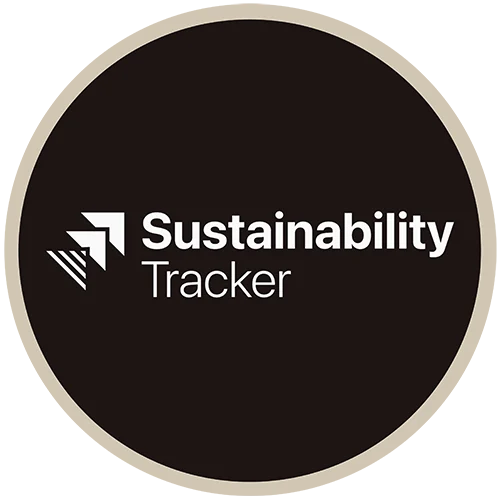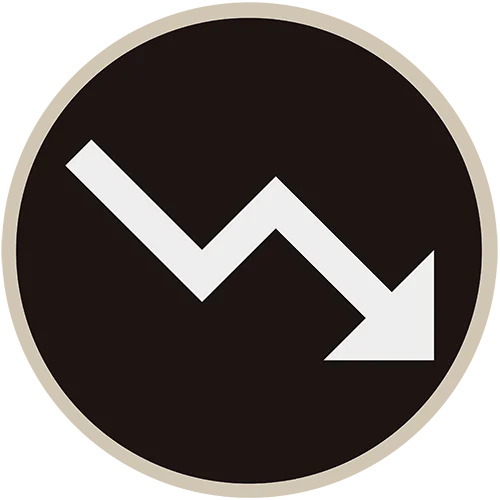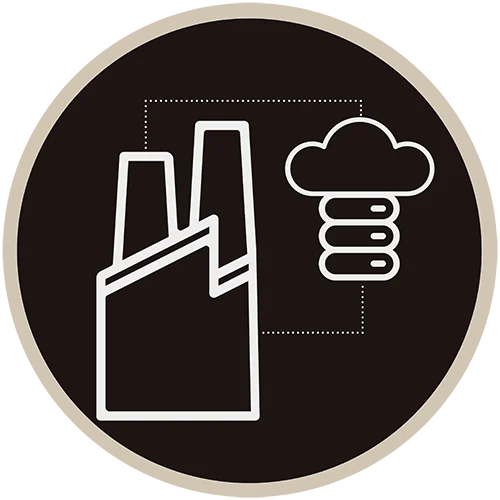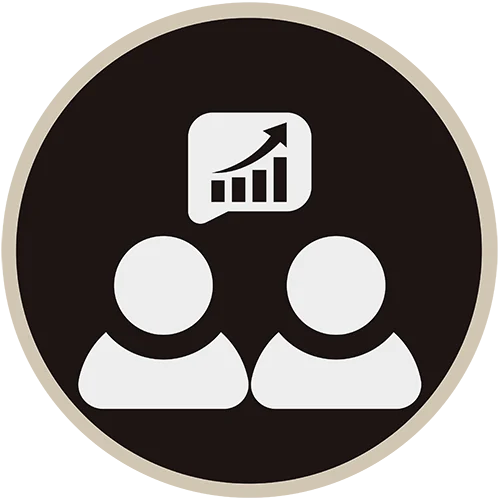Sustainability analytics and reporting on demand
Sustainability Tracker (ST) is a proven platform that centralises asset-wide industrial data, dynamically simulates your operation as a digital twin, performs an asset-wide mass and energy balance, and delivers granular reports and deep analysis across sustainability indicators to comply with evolving global frameworks.
Established solution, looming challenge
In advance of the International Sustainability Standards Board (ISSB) frameworks, the EU is leading the charge with the Corporate Sustainability Reporting Directive (CSRD) and roll out of the Carbon Border Adjustment Mechanism (CBAM) as part of the European Green Deal (EGD).
For business leaders and CFOs, intelligent data-driven technology is the only solution to meeting the evolving rules and new reporting standards demanded by these initiatives.
“To ensure companies are providing reliable information, they will be subject to independent auditing and certification. Financial and sustainability reporting will be on an equal footing and investors will have comparable and reliable data. Digital access to sustainability information will also have to be guaranteed.”1
1. European Parliament: Sustainable economy: Parliament adopts new reporting rules for multinationals,
Sustainability Tracker (ST)
Designed for complex industrial processes, ST is an established SaaS platform that captures, analyses and reports on sustainability indicators such as GHG emissions across scopes 1, 2 and 3, water, energy, air quality, waste, hazardous materials and nature-related risk factors.
Integrating seamlessly with your existing systems – and customisable to your industrial process – ST automatically centralises huge volumes of data from multiple sources across your operation and supply chain, and uses machine learning to validate and organise the measured and corrected data.
Uniquely, ST uses dynamic simulation to perform an asset-wide mass and energy balance to reconcile your delivery, consumption, inventory, and production activity data. Using source data as inputs, the simulated data contextualises your measured activity data for completeness and accuracy. This means your verified sustainability indicators are fully traceable, immutable and unalterable, and surpass any rigorous audit tests for complete assurance.
As a result, you can run near-real time advanced analytics by country, site, site boundaries, scope, reporting category (such as fuels, reagents, waste, energy and water), and by individual product, to name a few.
Sustainability Tracker
Industrial Cloud Platform
Layer 1: ESG data centralisation, organisation & validation
Gathers transactional ESG data from disparate sources, including:
- Plant data / data historians
- Laboratory information systems (LIMS)
- Environmental systems
- Health and safety systems
- Human capital management data
- Mining / Manufacturing planning systems
- Manual data entry
- ERP solutions
- Supply chain data
Layer 2: ESG data contextualisation (simulated mass & energy balance)
Consolidates multiple data sets, including:
- Activity data
- GHG emissions data
- Environmental data – climate and nature
- Social data
- Governance data
- ESG digital taxonomy
Layer 3: Enterprise ESG control panel
The workflow and analytics layer where users manage functions such as:
- Disclosures approval workflow
- Materiality assessment tools
- ESG audit tools
- Data quality analysis
- Manual data entry
Layer 4: Reports, analysis & visualisation
The primary user interface layer to run and view reports, including:
- Regulated and voluntary ESG disclosures
- Sustainability reporting across frameworks
- ESG targets and transition planning
- Scenario analysis and resilience assessments
- Process optimisation
Granular auditable reports give you the flexibility to track changes in operations such as processes, suppliers, evolving compliance frameworks, and the ability to perform materiality assessments for important sustainability disclosures. Beyond compliance, you gain the insights you need to optimise your productivity, efficiency, climate footprint and financial returns.
Road-tested since 2010 in complex industrial sites across 9 countries and in 4 languages, ST is your proven fast-track solution to sustainability compliance and accurate reporting.
The Sustainability Tracker difference
- End-to-end sustainability indicators
- Compliant with global industrial standards
- Single source of truth for sustainability data
- Accurate asset-wide mass and energy balance
- Contextualise your measured activity data
- Analyse activity data to a product level
- Track renewable energy sources
- Future-proof technology
- Global flexibility
- Third party data
- Track and forecast scenarios
End-to-end sustainability indicators
Rapidly generate near real-time custom reports on your sustainability indicators including greenhouse gas emissions, air quality, energy management, water management, waste and hazardous materials management, tailings storage facilities management, Product Carbon Footprint (PCF) and Life Cycle Assessment (LCA) – so you have the power at your fingertips to meet the demands of evolving guidelines.
Compliant with global industrial standards
ST is designed to meet specialised reporting requirements for the industrial sector as required by the Sustainability Accounting Standards Board (SASB), Global Reporting Initiative (GRI) and International Sustainability Standards Board (ISSB). It is also compatible with broad frameworks including Greenhouse Gas Protocol (GHGP) scope 1, 2 and 3, Carbon Border Adjustment Mechanism (CBAM), Corporate Sustainability Reporting Directive (CSRD), Task Force on Climate-Related Financial Disclosures (TCFD), Taskforce on Nature-related Financial Disclosures (TNFD), European Sustainability Reporting Standards (ESRS), International Accounting Standards Board (IASB) and local metrics like NGER in Australia.
Single source of truth for sustainability data
ST automates the integration of asset-wide disparate data sources including historians, laboratory information management systems, control systems, environmental systems and enterprise resource systems – all your data is centralised, validated and organised using machine learning.
Accurate asset-wide mass and energy balance
Customised to your exact process, ST is a digital replica of your operations. ST is unique in that it uses dynamic simulation to generate a complete auditable asset-wide mass and energy balance of the industrial process at every step of production, delivering granular daily reports derived directly from automated integration to source data. Measured activity data such as delivery, consumption, inventory and production are reconciled to calculated activity data for completeness and accuracy.
Contextualise your measured activity data
Using source data as inputs, the calculated activity data from dynamic simulation contextualises your measured activity data. This means you can identify data gaps and accurately calculate activity data that cannot be tracked and run alignment analysis to identify process optimisation and efficiencies.
Analyse activity data to a product level
Activity data can be tracked and reported in many ways including by country, site, site boundaries, scope, reporting category (such as fuels, reagents, waste, energy and water), and by individual product.
Track renewable energy sources
ST can consolidate and validate data from both on-site and off-site renewable energy sources in the form of Energy Attribute Certificates (EAC), Renewable Energy Certificates (REC) and Guarantee of Origins (GO). This enables you to monitor scope 2 emissions and deliver precise reports including location or market emissions factors.
Future-proof technology
A scalable cloud-based SaaS platform, ST is built on industry 4.0 technologies including big data, machine learning, dynamic simulation, internet of things (IoT), multi-dimensional databases and advanced analytics and visualisation tools.
Global flexibility
ST easily adapts to diverse regulations and governance frameworks and requirements across different sites and countries as well as capturing changes in sustainability indicators caused by any variations in the production process across the supply chain.
Third party data
ST can capture and report on data directly related to the industrial asset it has been implemented in, including scope 3 transportation emissions as well as scope 3 production emissions. It can also connect to external third-party databases such as the US EPA, eGRID, DEFRA, and country electricity factors from the IEA to use their emissions factors when calculating sustainability indicators.
Track and forecast scenarios
ST has the functionality to simulate, test and analyse future scenarios and tie information back to financials to set budgets and forecasts. This helps evaluate sustainable suppliers and materials, identify bottlenecks, streamline performance and enable proactive optimisation of emissions, water and energy.
Expert sustainability software and solutions
Drawing on many years of experience in industrial process engineering, data-led tools and sustainability reporting, we can help you understand how the new era of accountability impacts you and deploy the industrial sustainability software you need to put you ahead of the curve.



